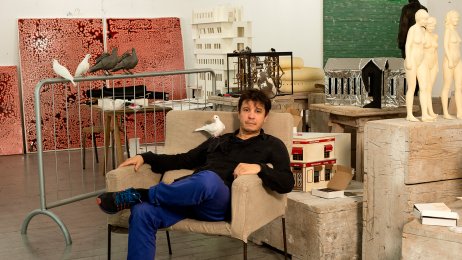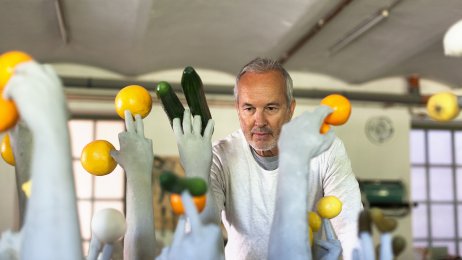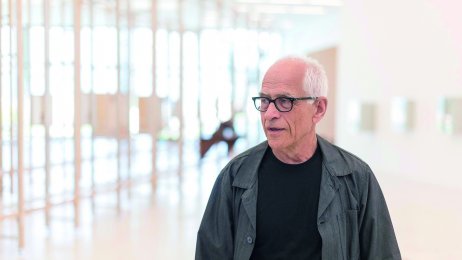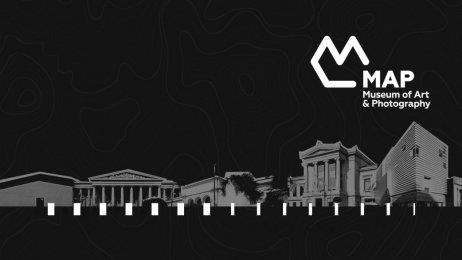Short Documentaries
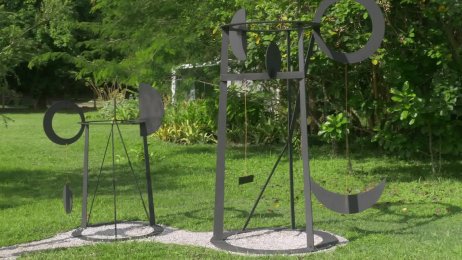
Julio Villani
Duration : 4m
Maturity Level : all
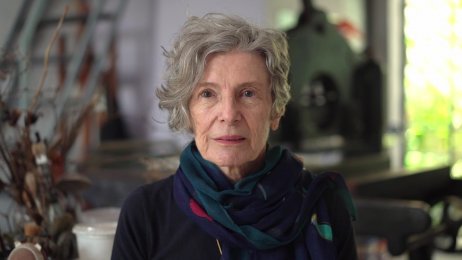
Liliane Dardot
Duration : 4m
Maturity Level : all
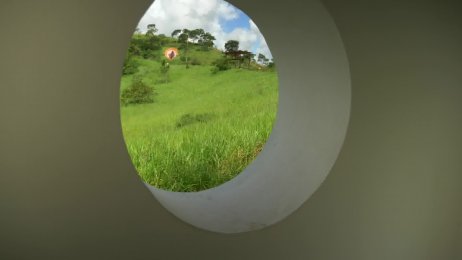
Marcelo Silveira
Duration : 4m
Maturity Level : all
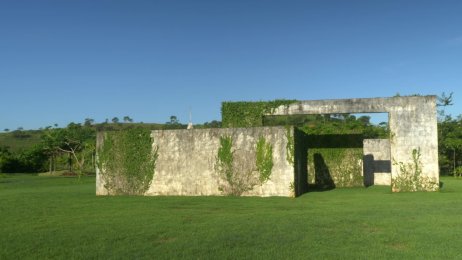
Marcio Almeida
Duration : 4m
Maturity Level : all
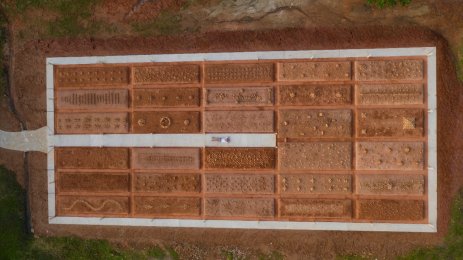
Matheus Rocha Pitta
Duration : 4m
Maturity Level : all
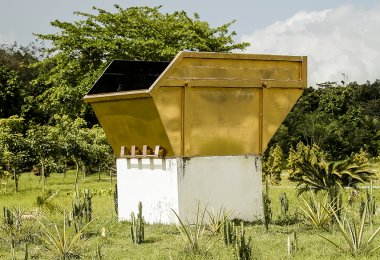
Paulo Bruscky
Duration : 4m
Maturity Level : all
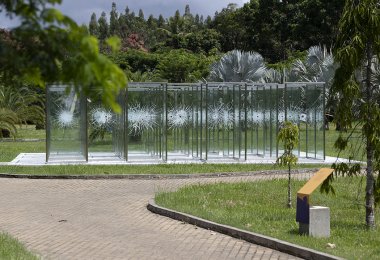
Regina Silveira
Duration : 4m
Maturity Level : all
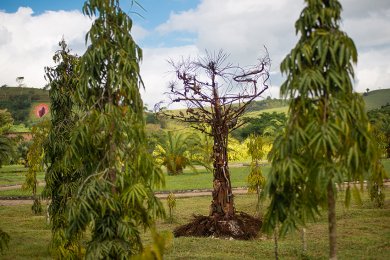
Ronaldo Tavares
Duration : 3m
Maturity Level : all
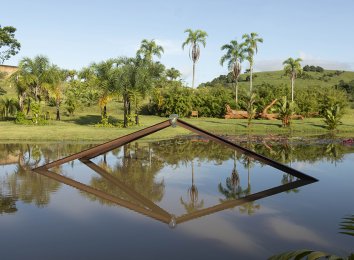
Tulio Pinto
Duration : 4m
Maturity Level : all
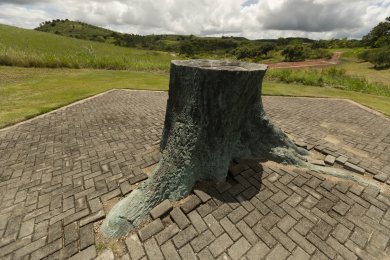
Vanderlei Lopes
Duration : 4m
Maturity Level : all
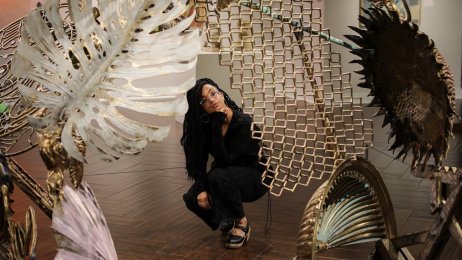
Heather Nickels | Persevere and Resist
Duration : 4m
Maturity Level : all
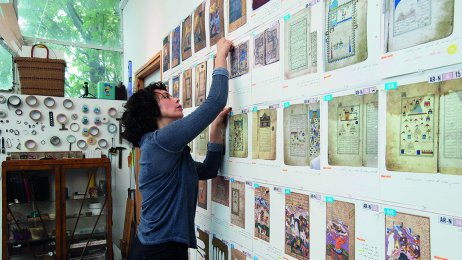
Ilit Azoulay | Mousework
Duration : 3m
Maturity Level : all
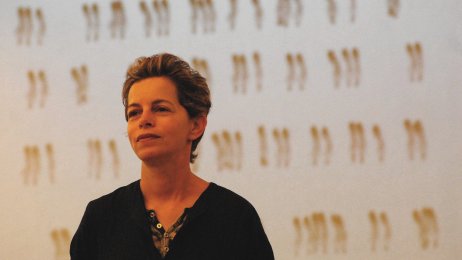
Michal Rovner | Night
Duration : 2m
Maturity Level : all
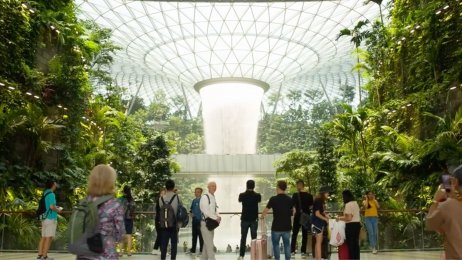
Moshe Safdie | For Everyone a Garden
Duration : 6m
Maturity Level : all
Alfredo Jaar, "Claro-Escuro"
Duration : 3m
Maturity Level : all

1.5 Degrees of Peace
Duration : 5m
Maturity Level : all
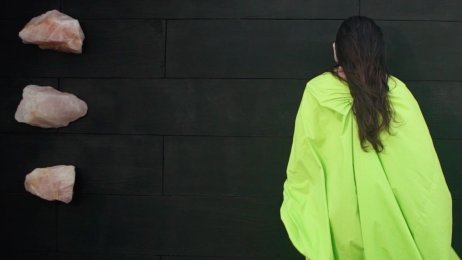
Marina Abramović’s "Generator"
Duration : 5m
Maturity Level : all
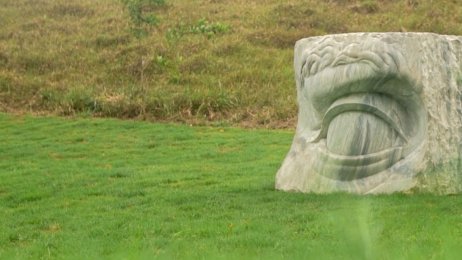
Poirier, "Fall of the Giants"
Duration : 6m
Maturity Level : all
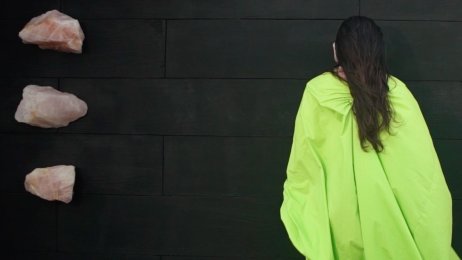
USINA DE ARTE
Duration : 5m
Maturity Level : all
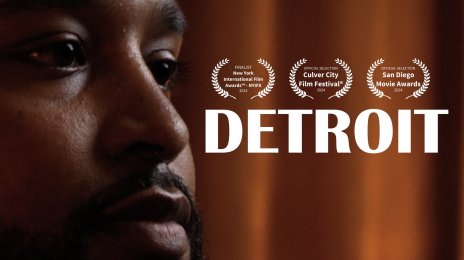
DETROIT
Duration : 1h 3m
Maturity Level : all

